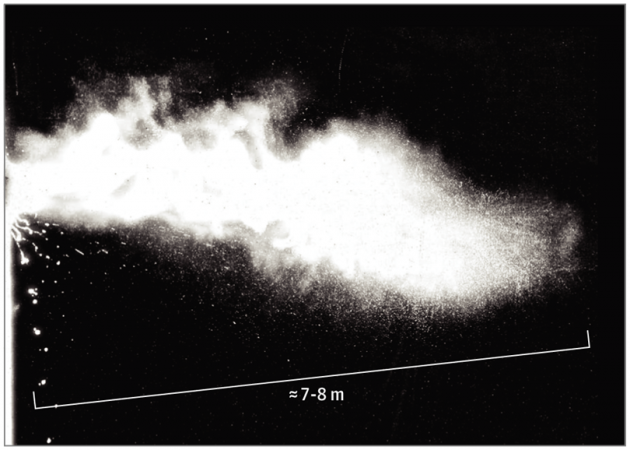Lydia Buruiba, PhD from MIT, investigated how far liquid particles spread when we sneeze. After analyzing the results, she published a scientific article Turbulent Gas Clouds and Respiratory Pathogen Emissions: Potential Implications for Reducing Transmission of COVID-19 , according to which it turns out that protecting ourselves from COVID-19 is more difficult than we used to think.
Tests have shown that the velocity of fluid distribution at the peak of exhalation can reach 30 meters per second. As a result, a cloud of small droplets is formed, spreading up to 7-8 meters. If a person is infected, these droplets may contain SARS-CoV-2 pathogens and infect a healthy person who happens to be nearby.

At the same time, WHO now recommends keeping a distance of 1 meter, and the US Centers for Disease Control and Prevention say about 6 feet, or about 2 meters. A new study has shown that the safe distance will be only 7-8 meters.
It is difficult to keep such a distance in confined spaces, for example, in a store, at the post office, or even just in the entrance (especially if you need to use the elevator). That is why you should listen to the recommendations of the authorities and stay at home. If possible, it is worth buying food immediately for a long time — or using deliveries.